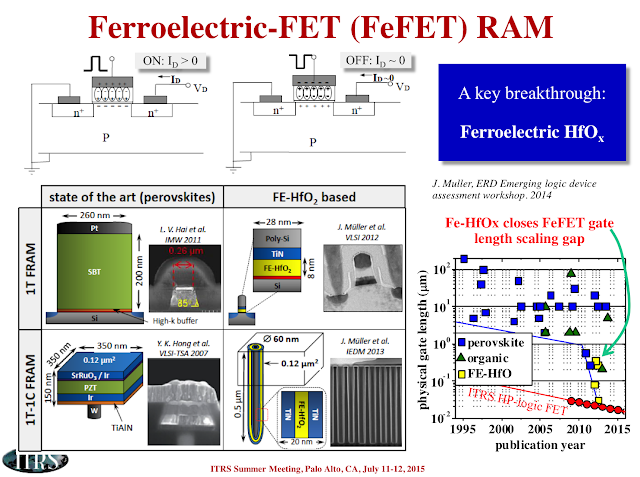The paper entitled "Atomic Layer Deposition of the Solid Electrolyte LiPON" was authored by Alexander Kozen, Ph.D, a member of the Nanostructures for Electrical Energy Storage (NEES) group at the University of Maryland. This milestone figure underscores the fact that today, almost one-fifth of the total peer-reviewed ALD publications worldwide, since the founding of the company in 2003, have been written based on using Ultratech-CNT systems (based on Web of Science analysis).
University of Maryland Professor and principal investigator at the Energy Frontier Research Center (EFRC) Gary Rubloff said, "The performance and flexibility of our Ultratech Fiji systems have driven our group's nano research since 2011. The role played by these systems has been critical in many of the advances made in Nanostructures for Electrical Energy Storage (NEES)--our DOE, Energy Frontier Research Center. The research undertaken has involved a variety of collaborations across the Center to exploit ALD films as cathode, anode, current collector, solid electrolyte, and passivation/stabilization layers distributed as highly conformal, high quality layers on 3-D structures in the most demanding nano-geometries. As part of our most recent work, we have just developed the first reported ALD process for lithium phosphorous oxy-nitride (LiPON), a well-known, solid-state electrolyte for safe batteries. Through the use of real-time, in-situ ellipsometry, the process was optimized in a systematic fashion. ALD allows us to grow very thin LiPON layers that we are applying to passivation of high-energy lithium anodes as well as to solid-state batteries."
Ultratech-CNT Vice President of Research and Engineering Ganesh Sundaram, Ph.D. said, "While the traditional gauge of system productivity has focused on metrics such as wafer output, we have chosen to concentrate on creating products which motivate and enable intellectual output. The 1000th paper milestone attests to the fact that the Ultratech-CNT ALD systems are at the forefront for generating high quality, and strongly-cited research in this fast growing field. Furthermore, the large library of research papers based on our systems also provides substantial benefits to new researchers entering the field as they will be able to take advantage of the solid foundation of published research that underpins these ALD systems."
Dr. Kozen is part of The Rubloff Group at the University of Maryland where Professor Gary Rubloff heads the Nanostructures for Electrical Energy Storage (NEES), Energy Frontier Research Center (EFRC), a program of the Department of Energy (DOE). The paper was published in Chemistry of Materials (DOI: 10.1021/acs.chemmater.5b01654).



%20(1).png)







